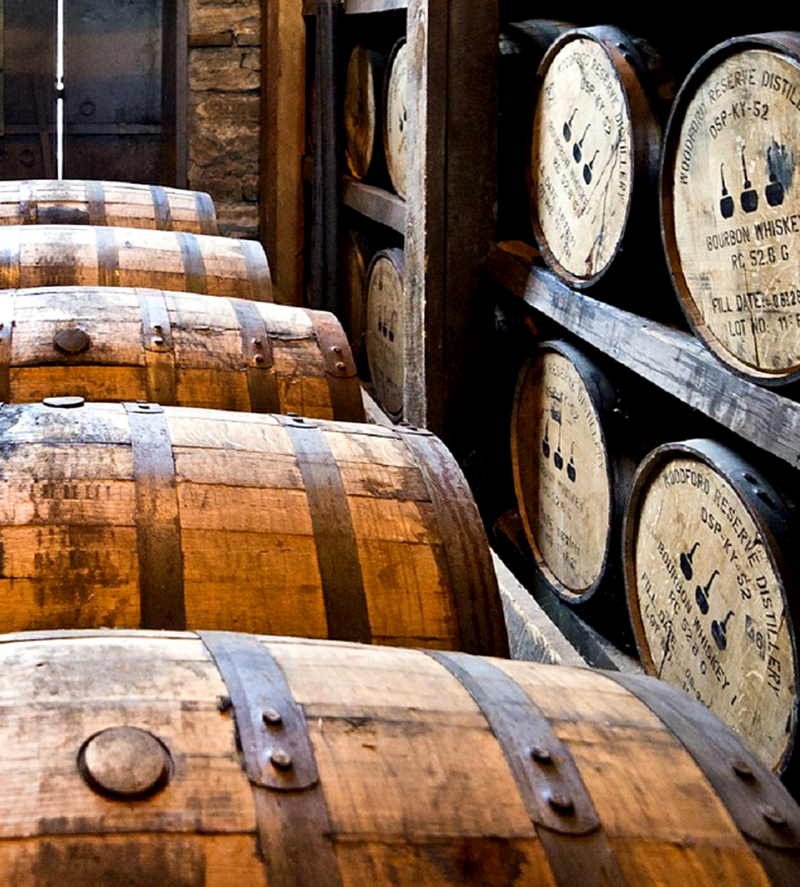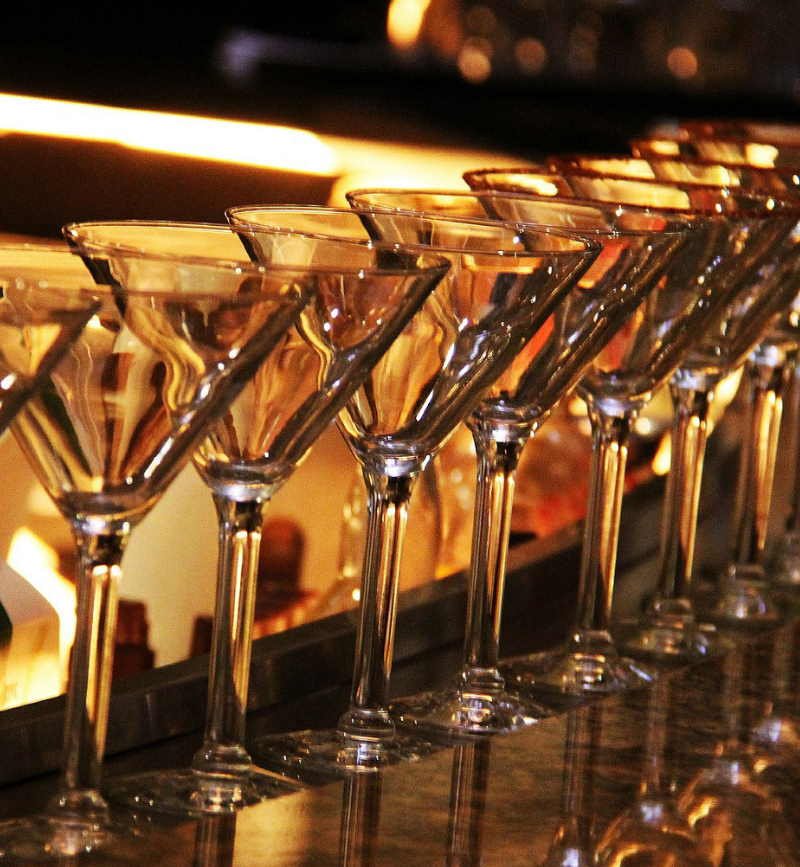Wooden casks for spirit maturation
Wood plays a significant role in ageing and maturing of spirits including wine and sherry. No wonder 60% to 80% of the total flavour in a whisk(e)y whether scotch or bourbon, aged rum or tequila is uniquely credited to the oak in which it matures. Once the fermented wash is distilled, it is the decision of the master distiller to decide whether the new make spirit has to be matured and aged and which oak flavours to develop and try to attain.
Maturation and ageing of spirit is carried out in oak wood casks. There are different types of oak wood used to make casks. From more than 500 species of oak wood, the species ‘Quercus Alba’ (American White Oak), ‘Quercus Robur’ (European Strong Oak) and ‘Quercus Petraea’ (European Strong Rocky Oak) are most common and to some extent, Oregon Garryana, Mangolian Oak, Japanese Mizunara & ‘Quercus ilex’ also known as Holm Oak.
The species ‘Quercus Alba’ or the American Oak have straighter trunks and tighter grains. These are richer in vanillin and hence impart vanilla notes. These have also high lactones which impart coconut notes to their first fill spirits. The cask made out of this species of oak are generally of 200 litres and is essentially used to mature and age whisk(e)y. Further, ‘Quercus Lobota’ which is the botanical name to California white oak and ‘Quercus Garryana’ the Oregon white oak is also used to some extent in maturing American whiskies.
The species ‘Quercus Robur’ is a strong oak and widely grown in France, Poland, UK and other regions of Europe. The casks made from this species of oak is mostly used to mature brandy and fortified wines. ‘Quercus Petraea’ is another species of European oak and used in maturing cognac and wines. The spirits and wines evoke coconut notes coming out of lactones present in the oak. These species are used to make oak casks ranging anywhere between 30 to 300 litres.
‘Quercus Magnolia’ is another species of oak wood which is softer and comes with lots of knots which does not make it easy for the coopers to make casks in the cooperage. However, the wood is rich in lactones and vanillin.
Akin to ‘Quercus Magnolia’ comes the Mizunara Oak which carries the botanical name ‘Quercus Crispula’ which is used in Japan to mature some of their whiskies.
French Oak or the Limousin oak, on the other hand, is robust and normally covers species ‘Quercus Robur’ and ‘Quercus Petraea’. These oaks are not straighter but impart good lactones and aromatic congeners good for brandy. French Oak is mostly used to make casks of 300 litres known as Barrique.
‘Quercus ilex’ or the Holm oak is an evergreen oak tree native to the Mediterranean region and the barrels made from this species of oak are used to mature tequila and wine.
The wooden casks made from different species of oak are made at the cooperage by the coopers. The process involved in the making of wooden casks starts from sourcing of oak, seasoning of oak, shaping of the cask by using staves, toasting & charring etc. Different sizes of casks are made depending upon the demand for such casks. The process involves harvesting of tall oak trees and then seasoning them by drying for six to eight months or more. Subsequently, the seasoned wood is cut into staves and shaped into a bulging cylinder and bound together by metal hoops in the cooperage. The head and bottom of the cask are flat and each is secured into the staves by a grove. No glue, paraffin, or nails are used in making barrels.
Down below is the list of some of the important casks and their capacity used for the maturation of spirits covering whisky, rum, tequila, brandy and wines including fortified wines namely sherry and Port wine.
A British Barrel has a capacity of 160 litres whereas the American Barrel has the capacity of 200 litres.
A Firkin cask is a quarter size of the British barrel and has a capacity of 40 litres and used to store ale, whereas, a Quarter cask is a quarter size of the American Barrel and has a capacity of 50 litres and Scotch and American whiskey normally use this cask to get the intense oak finish.
A Hogshead has a capacity of 250 litres to 300 litres and is used to mature Irish and Scotch whiskey as well as wine and beer.
A Barrique is a type of a cask which has a capacity of 300 litres and is popularly used for maturing French wine and Cognac.
A Puncheon has a capacity of 450 litres to 500 litres and is used to mature Rum and Sherry.
A Butt has a capacity of 500 litres and used to store Sherry.
A Port Pipe is a tall cask and wide and rounder with a capacity of 650 litres and essentially used to mature or store Port.
A Drum has a regular capacity of 650 litres and used to store Madeira.
A Tun is roughly having a capacity of 980 litres and generally used for fermentation of beer.




